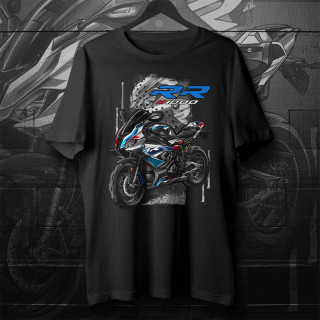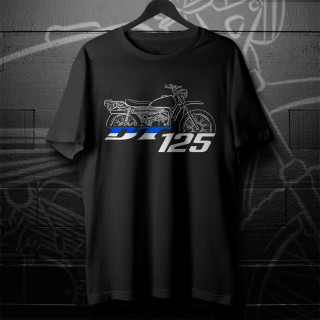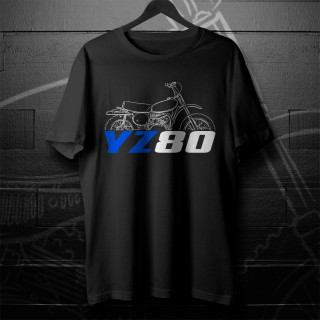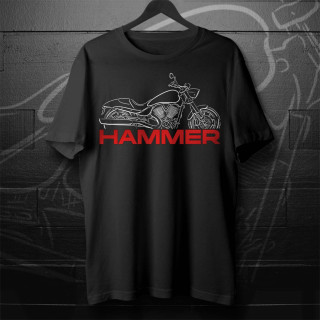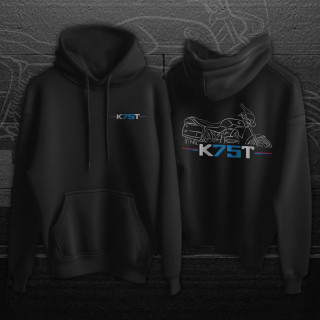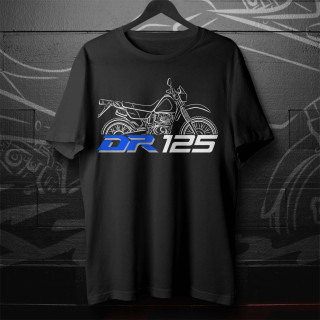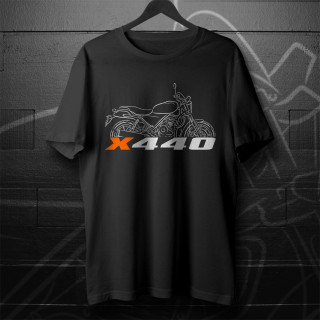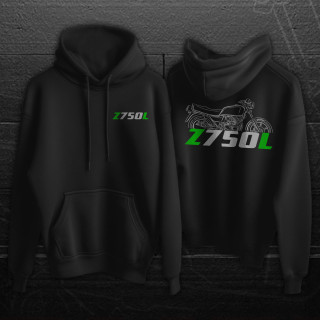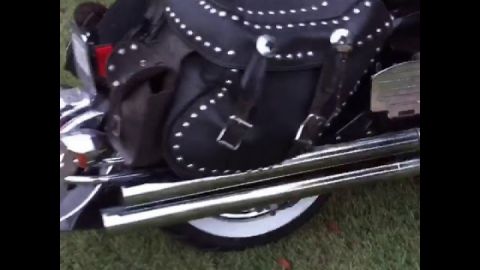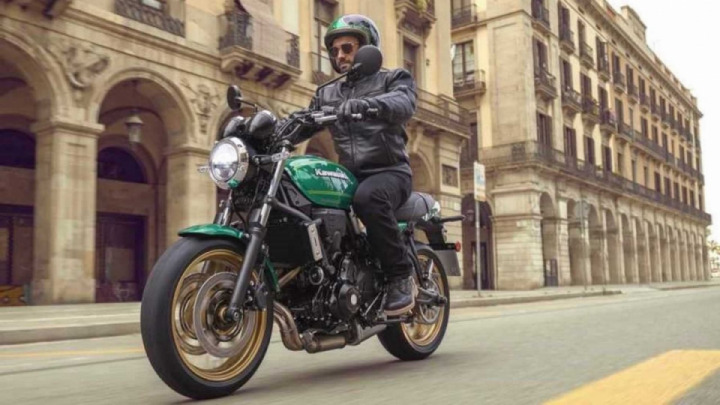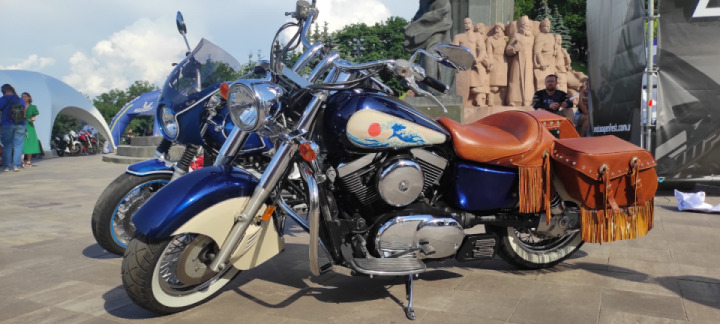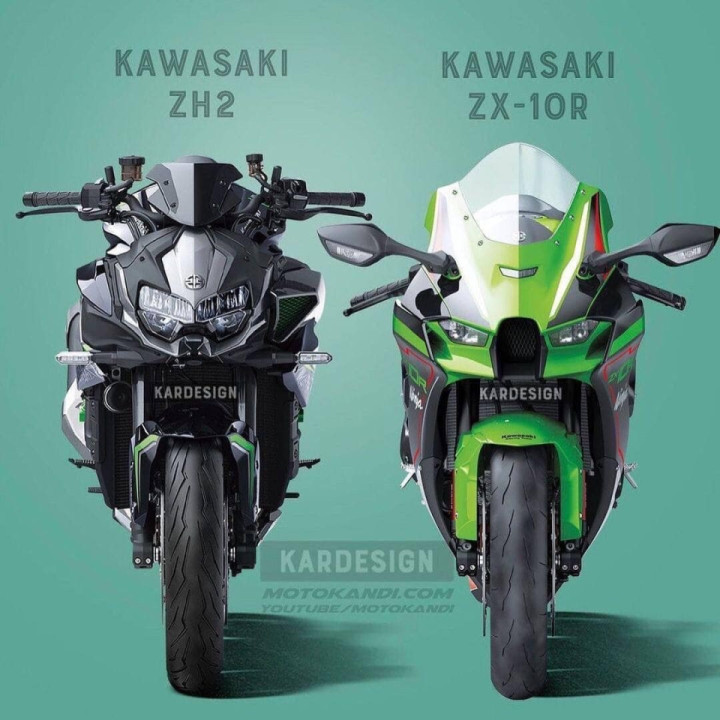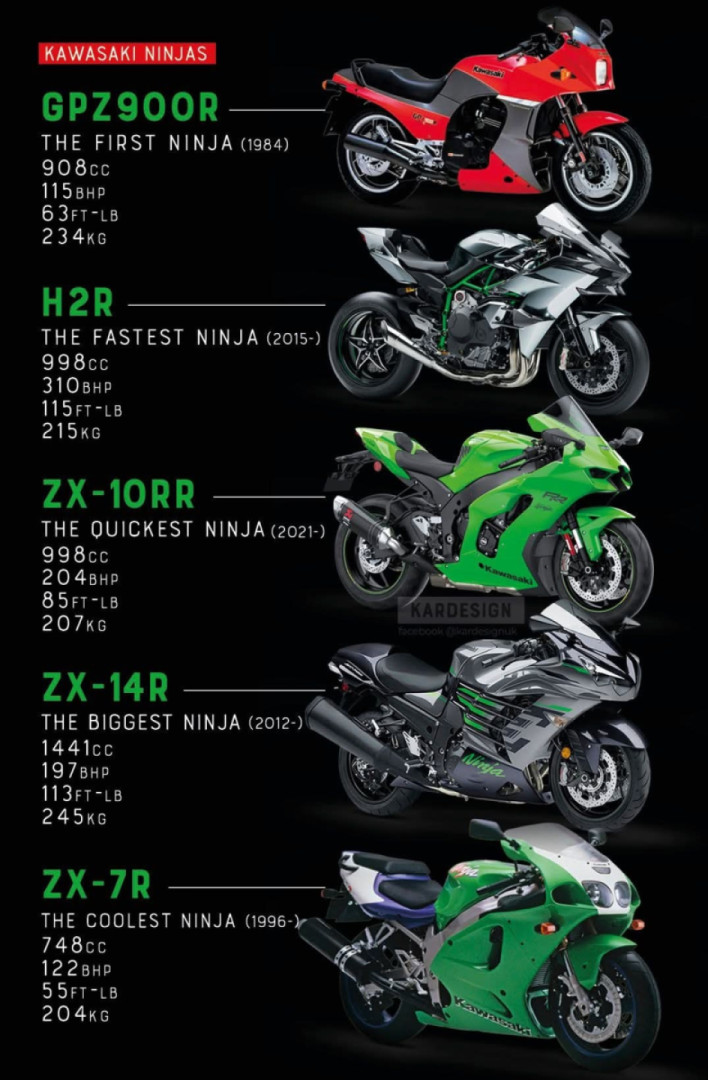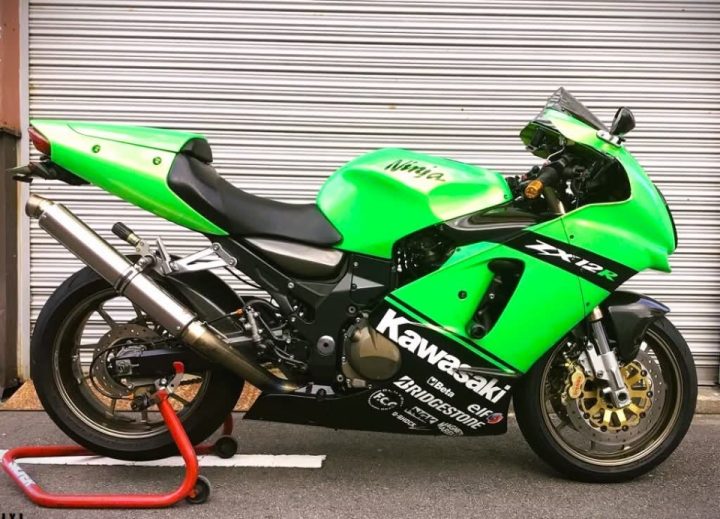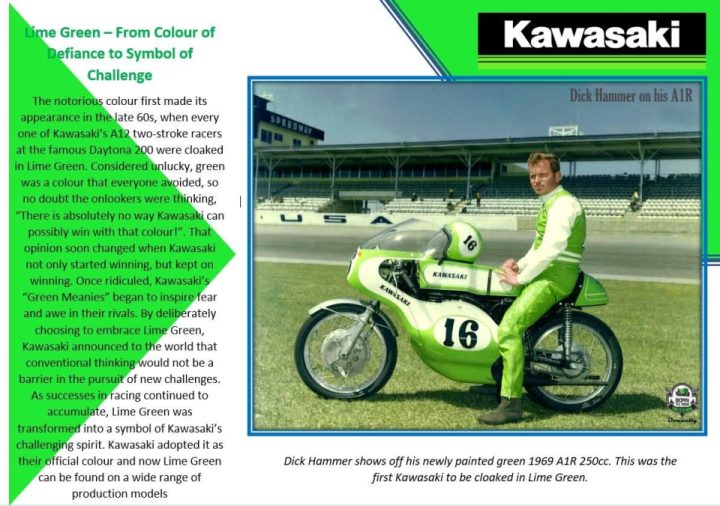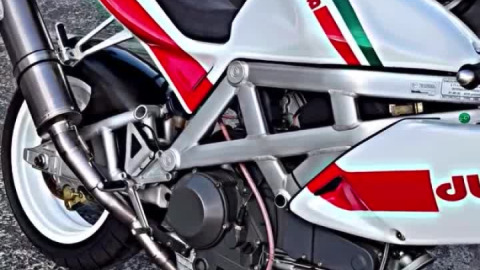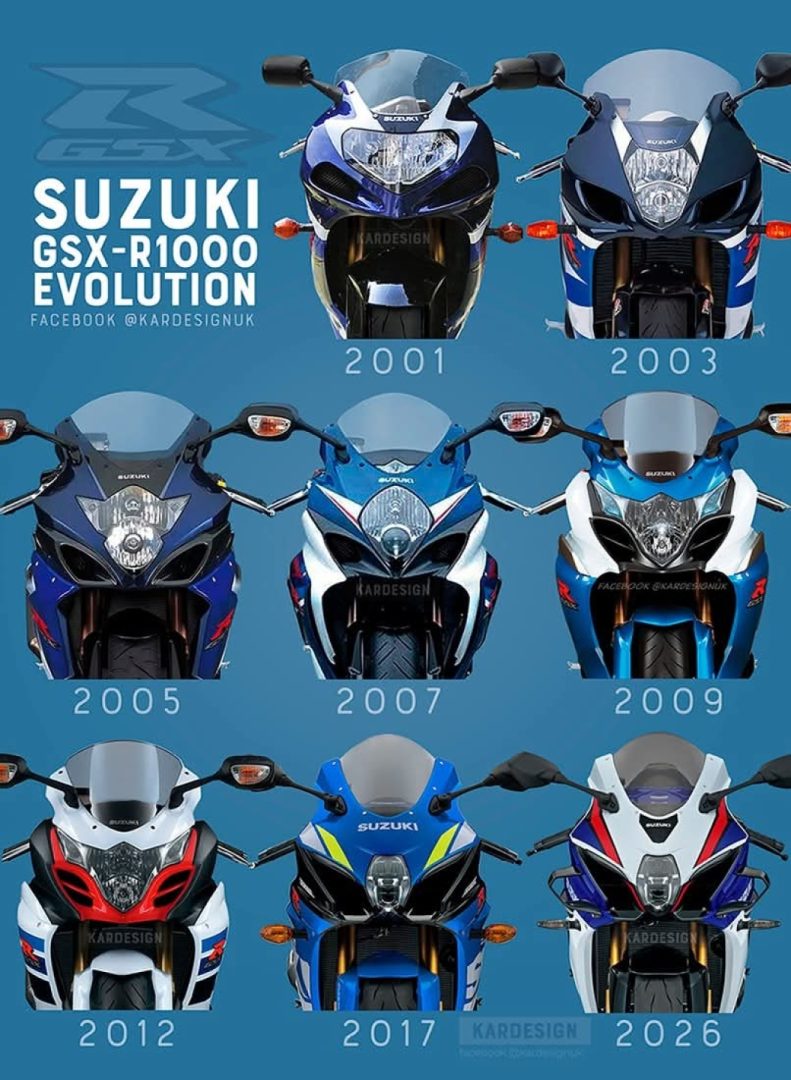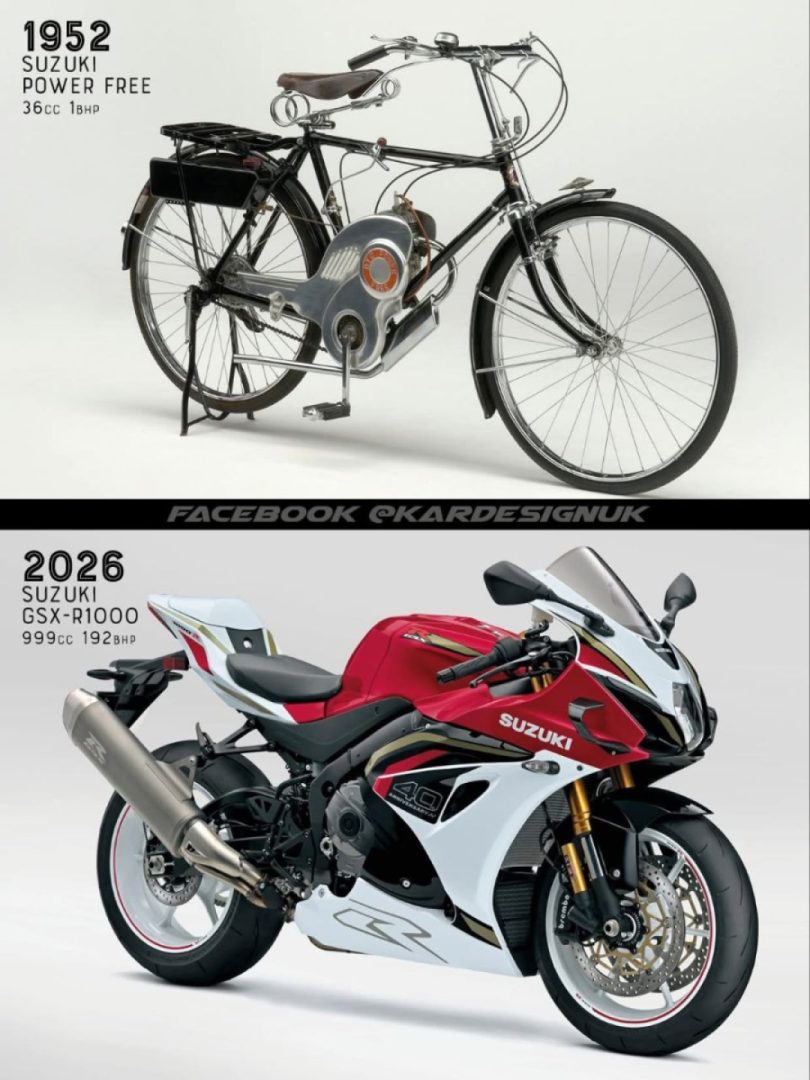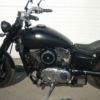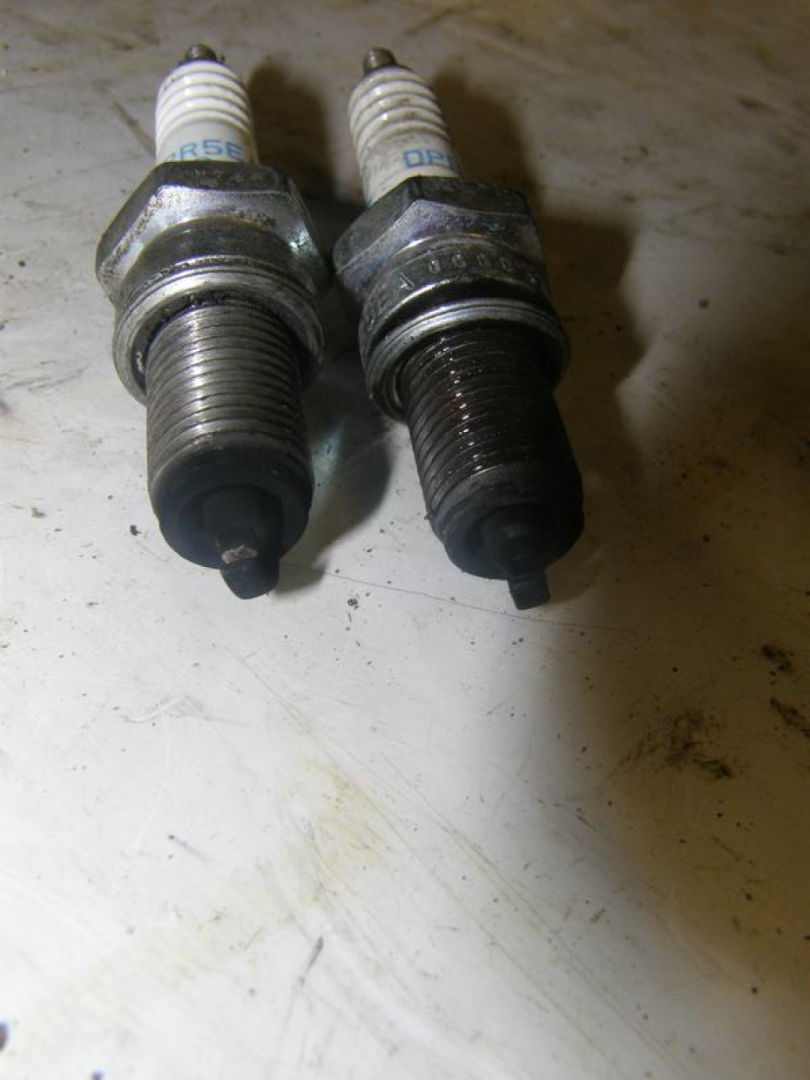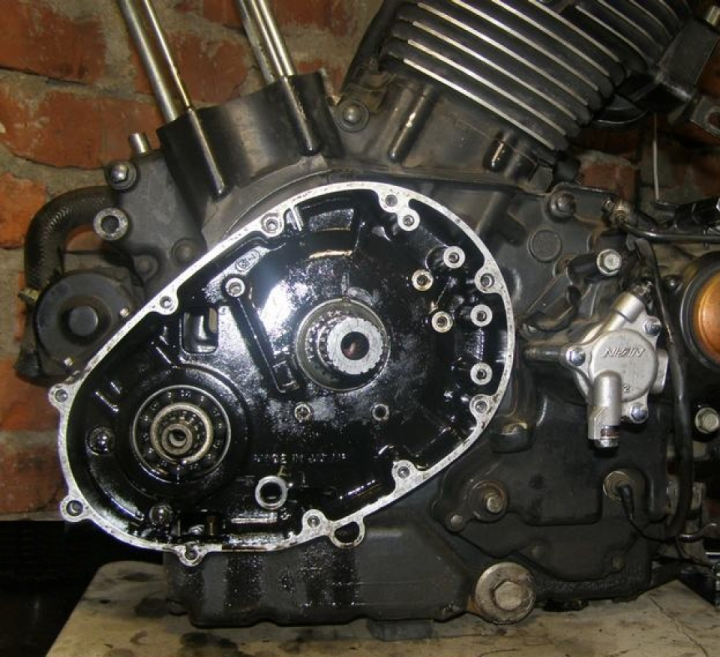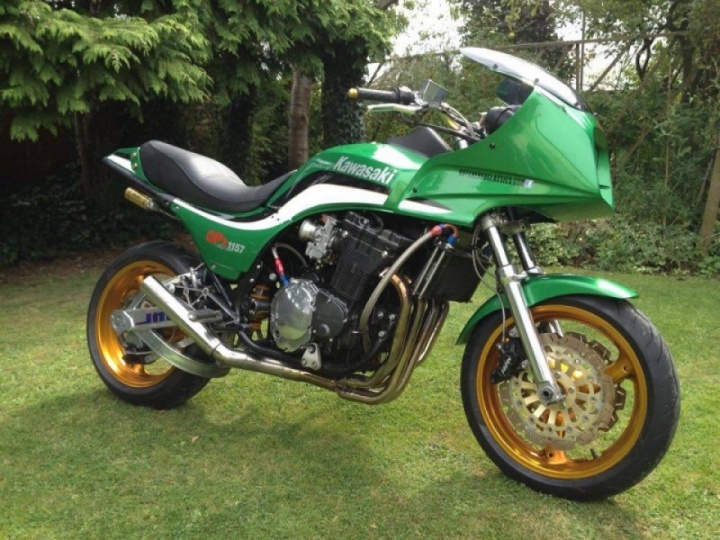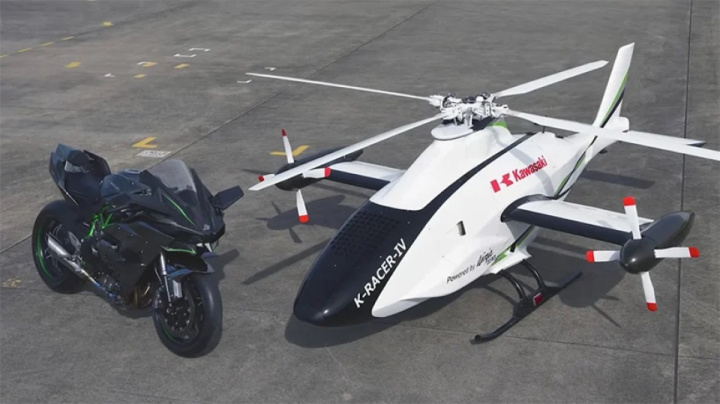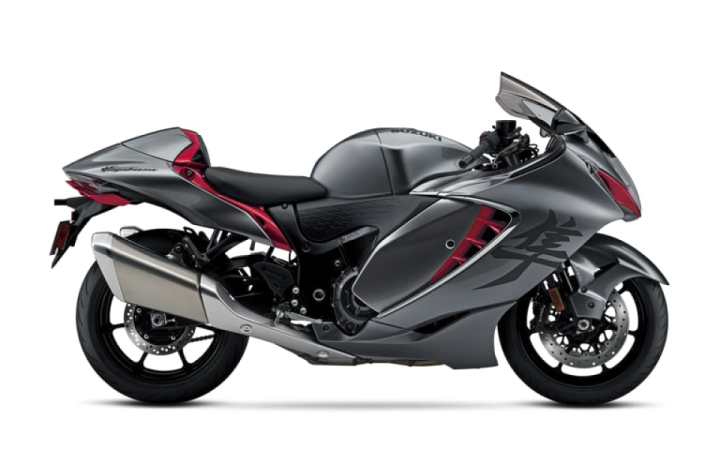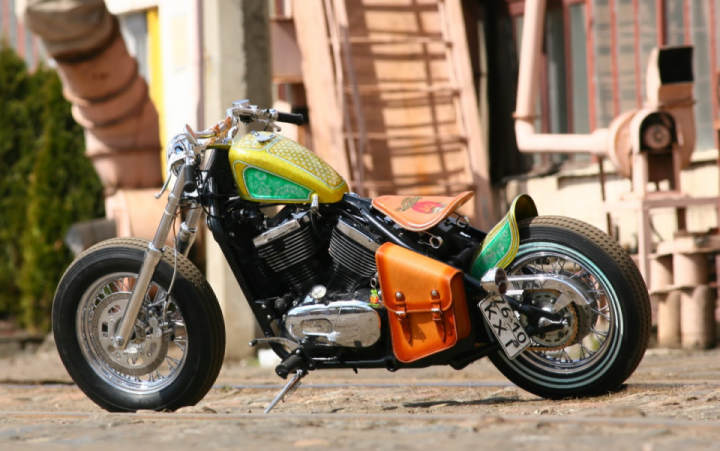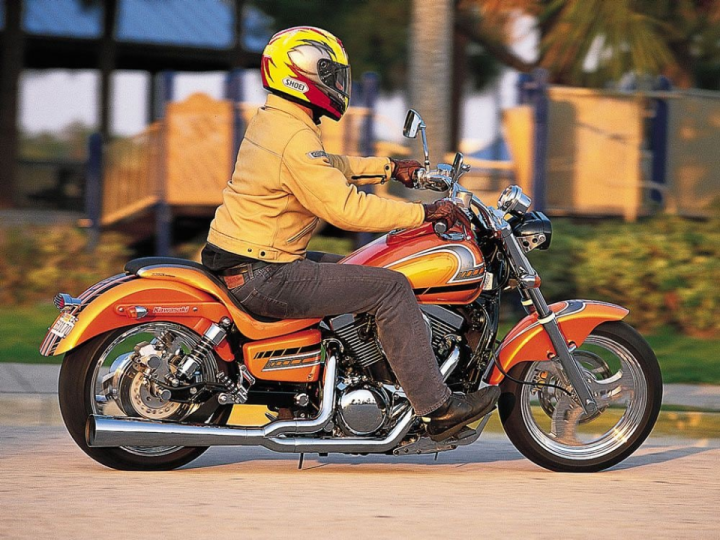
1500 V-Twin Comparison: 1998 Kawasaki 1500 Classic vs. Suzuki Intruder 1500 LC
Cruiser enthusiasts may record 1998 as the year of the 1500. Suzuki introduced its new Intruder 1500. Kawasaki upgraded its best-selling 1500 Classic. The Victory brand from Polaris will enter the market with its first offering, a 1500 V-twin. And the rumor mill is rife with reports of a Harley 1500 coming by the end of 1998.
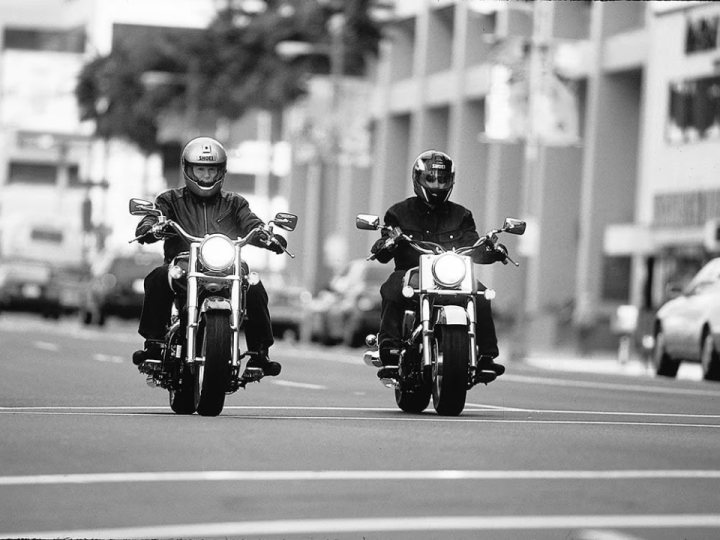
Thus far, we have only had an opportunity to ride two of the new bikes extensively; the Kawasaki Vulcan 1500 Classic and the Suzuki Intruder 1500LC. Here is a quick look at how they compare.
Engine & Performance
Note that neither of these machines accelerates as hard as the machines from which they were derived. Though the lighter Suzuki Intruder 1400 is less powerful than its bigger stablemate, it accelerates the hardest of any mass-produced big twin we have tested; and the twin-carb Kawasaki 1500 Vulcan is also more potent than either of these machines. Despite power increases that the Vulcan 1500 Classic derived from the engine changes and the increased acceleration available with the new five-speed, the Suzuki is still the more powerful of these two bikes. Both provide good power, but you get just a bit more everywhere with the Suzuki. However, the Vulcan Classic now has an edge in fuel mileage and range, both of which were improved for '98.
Drivetrain
Both machines are free of lash and have minimum chassis jacking induced by their shaft final-drive systems. However, the new five-speed puts the Vulcan well ahead here. It shifts more smoothly and certainly, and finds neutral more easily than the Intruder 1500. The Intruder misses the second-to-third shift occasionally, and suffers from a grabby, slightly awkward clutch—which significantly impairs its ability to make a quick getaway from a standing start.
Comfort
With the best saddle in cruising, perhaps in motorcycling, the Intruder LC is a great place to sit for a day. The Classic's narrowed '98 saddle is a step backward from previous versions, except for short-legged riders. Taller riders might prefer the location of the Suzuki's floorboards, but they were too far forward for our six-foot-and-under testers. Both bikes are plenty smooth, but the Kawasaki is uncannily so at highway speeds. If you are going to spend all day on the highway, you'll want a windshield for either one; though the Vulcan deflects noticeably more wind without one than the Intruder. Suspension compliance is about even. Because it's slightly more roomy, passengers may favor the Suzuki.
Handling
Though the Suzuki's suspension is better damped and the chassis seems more rigid, the Kawasaki still works better when turning, fast or slow. It is lighter and more manageable in low-speed work, and it turns in tighter circles. The Kawasaki remains more nimble when the speed picks up, and though its suspension isn't as well-controlled, it still felt slightly more obedient in fast and bumpy corners. Both have adequate cornering clearance, though we dragged the Intruder slightly earlier.
Braking
Neither machine is remarkable in this area, though the Suzuki has a small edge in both control and power. The Intruder brakes also squeak loudly under light applications.
Styling & Finish
If you want massive, the Intruder 1500 delivers. It looks (and feels) large. The look stumbles a bit with the battery placement and a few other details, but overall the lines are very traditional and larger than life. Though the looks of the Vulcan Classic have been diluted slightly by the addition of the carb-warmer plumbing and the narrowed saddle, it still garnered more praise than the Suzuki for its looks. The decals used for pinstriping are less obvious on the Vulcan. Both have smooth paint. The Suzuki has more chrome covers (for fasteners, axle ends, etc.) and did an even nicer job of styling shaft drive housing, brake calipers and similar pieces than Kawasaki, which also does well in this regard.
Details
You won't find much to differentiate these two in respect to pieces like the miserable horns, creditable lighting, or tank-top instrumentation. The Suzuki has self-adjusting valves. Both have the same dumb sight-glass arrangement to check oil level. We say that because you have to have the bike level to use them. This means that a second person must hold the bike or look at the window. Why don't manufacturers start setting these things for use on the sidestand when no centerstand is fitted? The switches are slightly nicer on the Kawasaki, and it also uses the same key to operate the fork lock and ignition. Both have adjustable handlebar levers. The Kawasaki has more accessories available, but it has been around for two years.
Bottom Line
In our opinion, these bikes rank first and second among the big twins we have tested to date. However, we still rank the Kawasaki tops, based on small distinctions. The riding position is just a bit more comfortable. Handling is more confidence-inspiring. We all prefer its looks though for different reasons; and some have subjective issues with locating the Suzuki's fuel tank under the saddle and leaving a dummy unit on display. Bigger riders may find the Suzuki to be significantly more comfortable than the Kawasaki, however, and that excellent saddle will be welcome for anyone who puts in long distances. Combined with the $800 price difference (which could shrink or expand depending on local dealer pricing), those attractions could put a Suzuki in your garage. However, we'd probably cough up the extra for the Kawasaki, at this point.
This article was originally published in the April 1998 issue of Motorcycle Cruiser.
#Moto #Motorcycle #Bike



